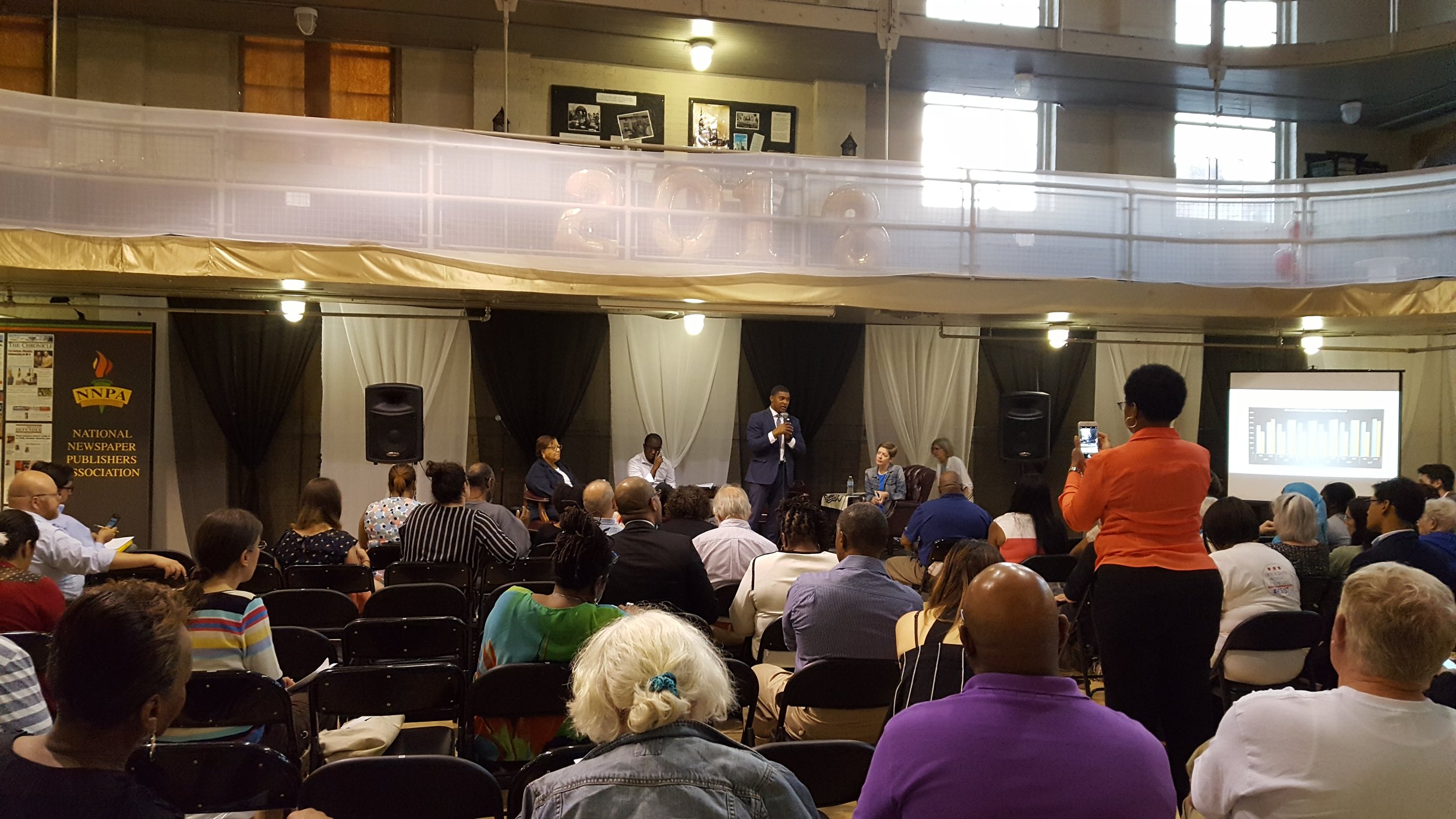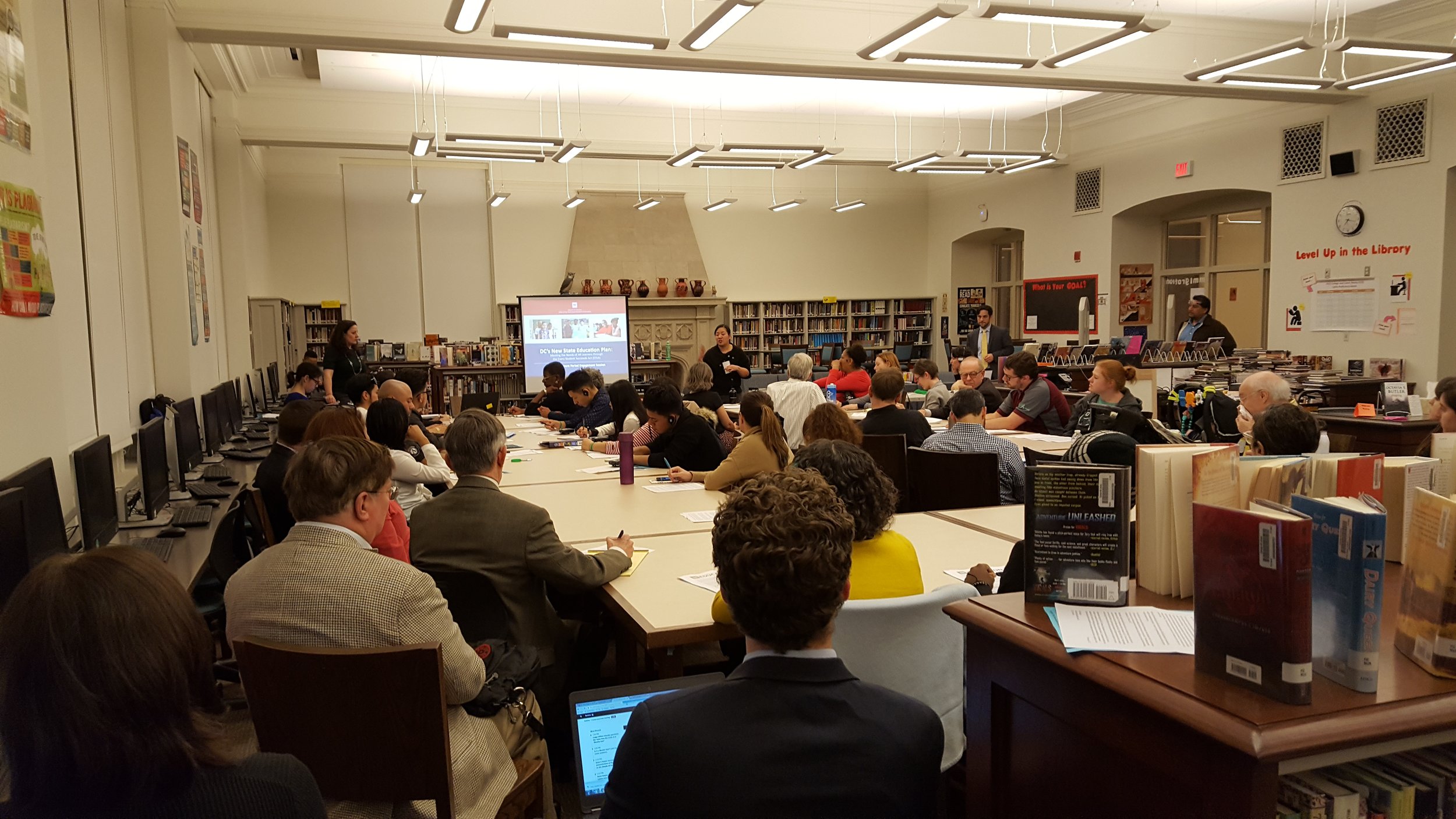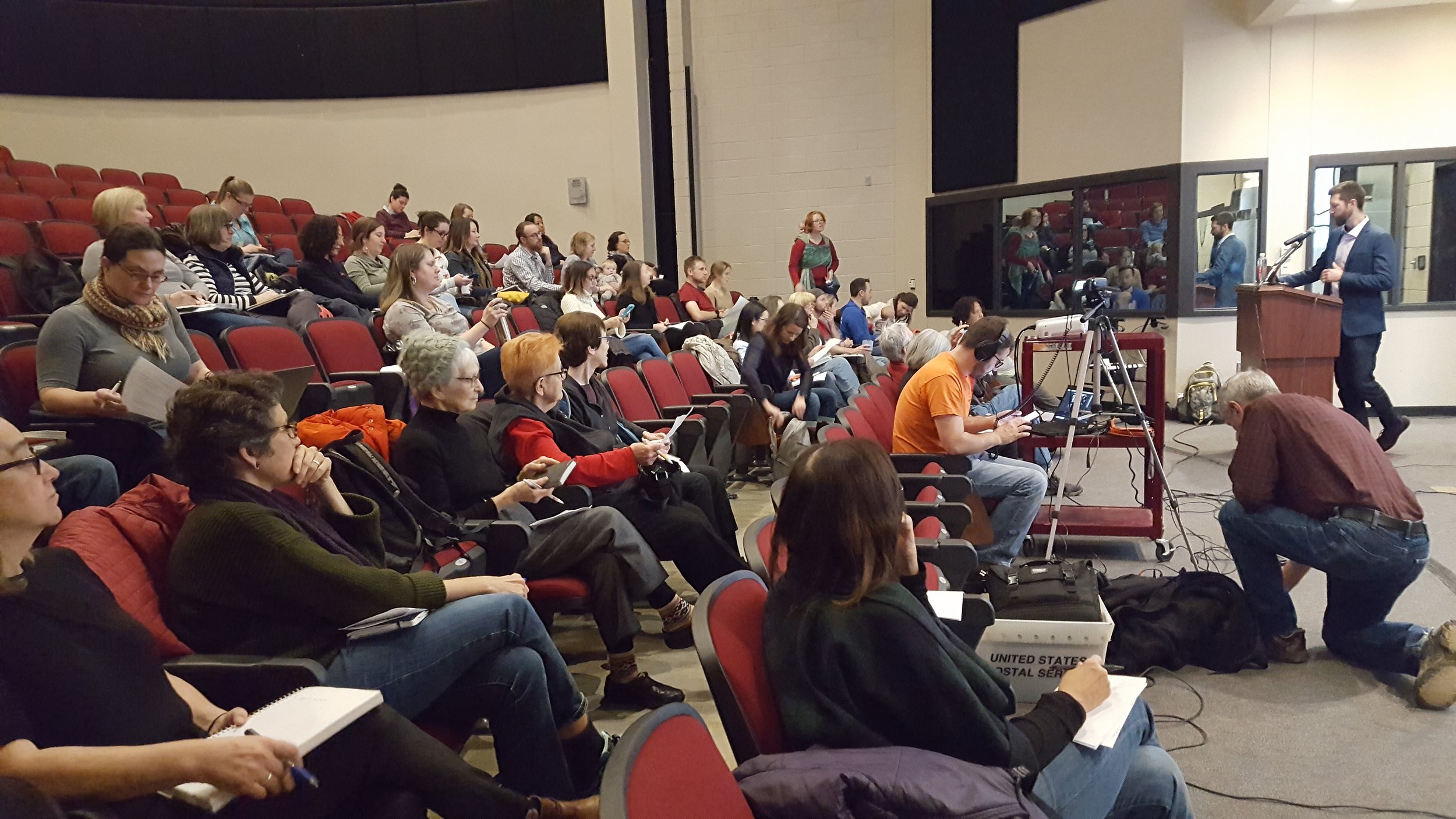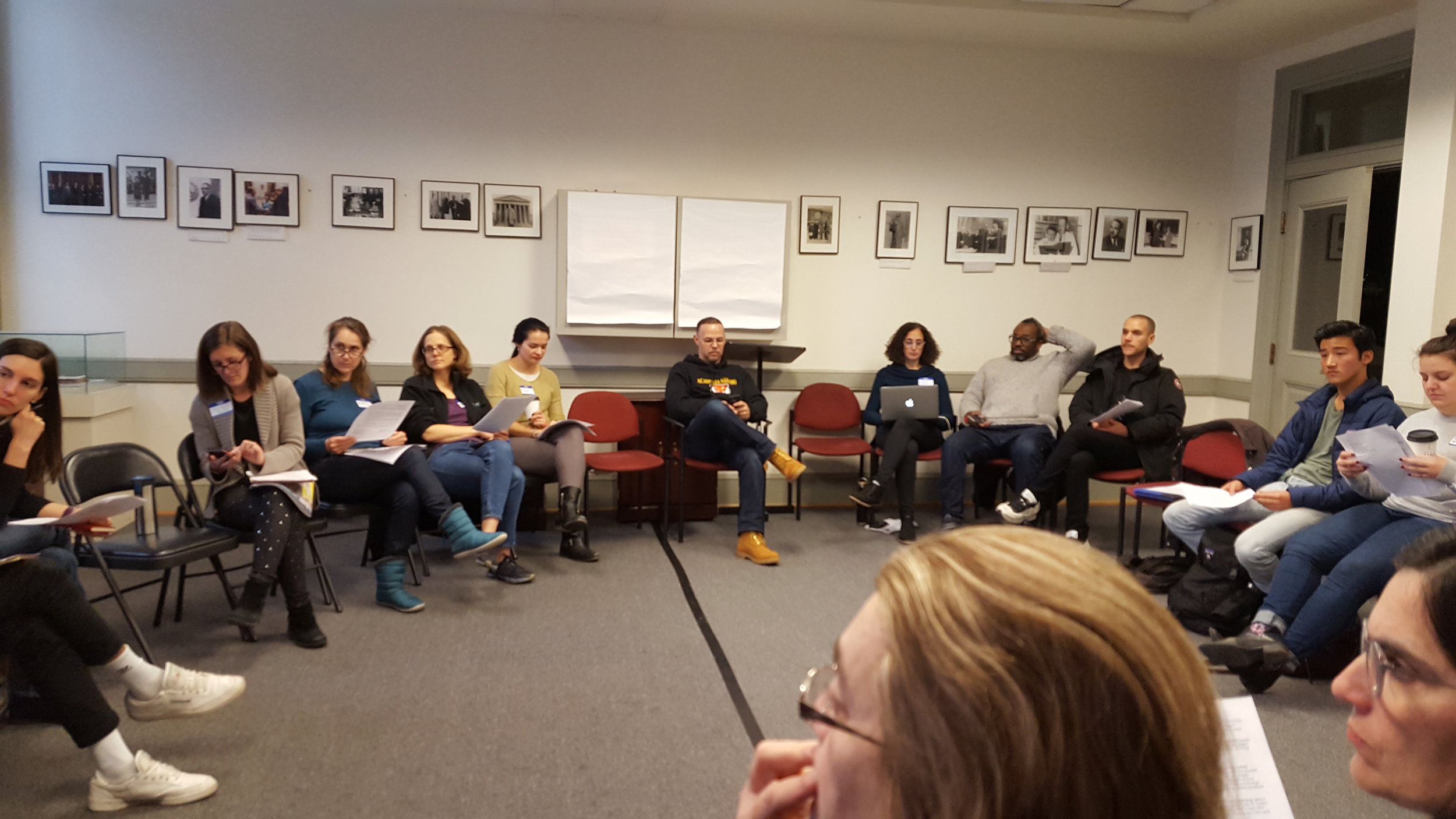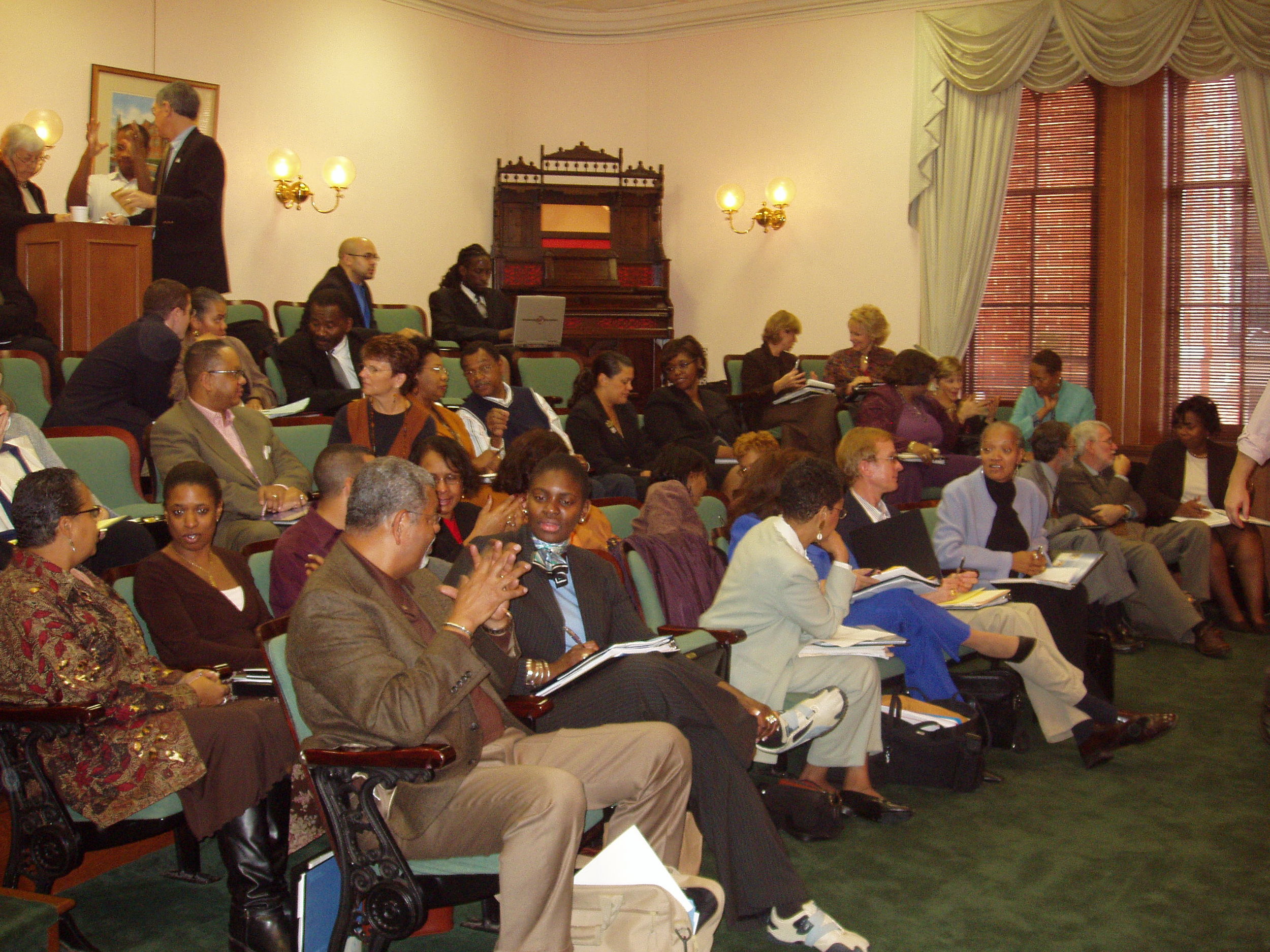Memo to Council Members on Schools First in Budgeting Act
/Coalition for DC Public Schools and Communities (C4DC) is a coalition of groups and organizations that share values and priorities essential to excellent and equitable District of Columbia Public Schools (DCPS).
We believe that DCPS as the publicly governed, managed and funded system for public education is a critical part of our democratic system of government. This citywide system must guarantee education rights for every school-age child — in every corner of the city.
The District of Columbia now has 69 separate local education agencies or school systems with no real limit on continued expansion regardless of thousands of excess seats in both sectors. The specter of school closings is the largest threat to stability. It will be inevitable if there is not a larger vision for stability and a willingness to take on limiting expansion with solid planning and a robust process of community engagement.
For DCPS, unlike the charter sector, the DC Council has authority through policy to oversee and support the DCPS school system. We support the intent of the Schools First in Budgeting Act B24-570 and its focus on stability. We have some concerns with unintended consequences given the baseline of this budget and some of its provisions. However as it moves forward we feel the points listed below can strengthen the intent of the bill.
After a lot of deliberation, we have consensus on the following points pertinent to Bill 24-570 The Schools First in Budgeting Amendment Act of 2022 and would like them considered for inclusion in the final draft.
1. Remove the 85/15 percent threshold that limits how much DCPS can allocate to its different funding accounts (local schools, central office, school-wide, and school support) until there is an audit by the Council Budget Office or the DC Auditor.
Rationale:
This would better ensure that functions schools depend on from central are adequately funded. . The legislation assumes that DCPS’s Central Office has room to absorb the added costs of funding schools at least at their FY 2023 submitted levels and providing additional funding schools will need to cover increased costs (inflation) and increased costs due to enrollment growth and demographic changes. An audit will give important information.
2. Require DCPS, by law, to publish initial and final school budgets in Excel format and to include all sources of funding.
Rationale:
The current PDF format of school budgets doesn’t allow for easy year over year analysis of initial school budgets, reducing transparency: After years of pressure, DCPS released school budgets in Excel format for FY 2023 (midway through the budget process). DCPS is not required to do so, which reduces transparency and limits the ability of the public to analyze proposals.
3. Specifically disallow DCPS from using additional positions that are added by central to a school’s budget as a result of programmatic changes (e.g. self-contained or pre-school classrooms) to be used as part of the base amount on which calculations to maintain stability are made.
Rationale:
Some schools are assigned new programs and on paper it appears that the school has gained staff or staff has been held harmless. In reality, schools have to make reductions in other parts of their budget to afford the new staff requirement. These new staff members are in effect, not supplemental, and are supplanting other staff positions.
4. In building local school budgets on the basis of current year budgets, treat general education allocations independently from special education and English Language Learner dollars.
Rationale:
The treatment of these funds as fungible can lead to reductions in staff for general education: In calculating total budgets, DCPS has treated new SPED and ELL funding as part of an undifferentiated whole, forcing schools to reduce other staff. This is wrong as these funds are for required staff not allowed to serve the general enrollment.
5. Calculate special education and English Language Learner dollars on the basis of the needs of these students over the course of the prior full year including after the count on October 5.
Rationale
Students who arrive after Oct 1 are disproportionately SPED and often ELL. If there are not enough ELL or SPED teachers and staff, these students do not get adequate services. The existing staff members are overloaded leading to higher turnover and non-compliance with federal law.
